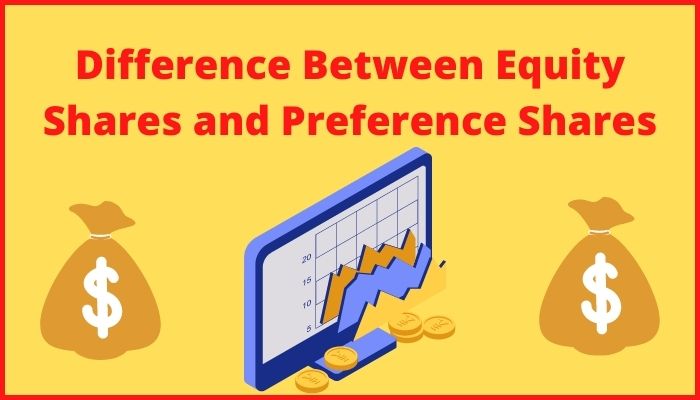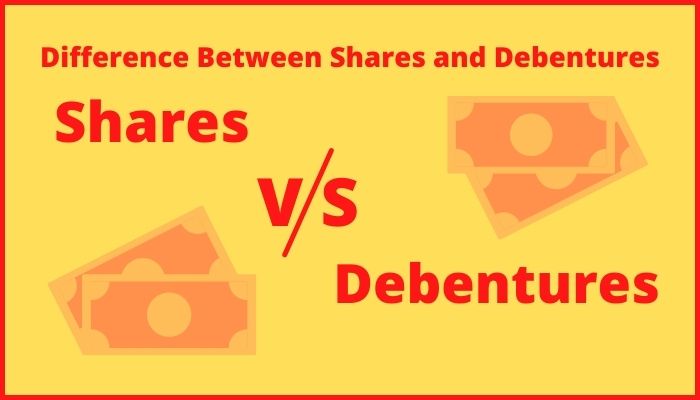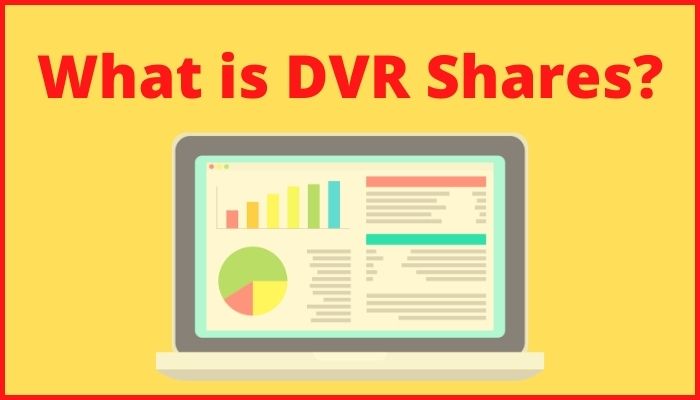In addition to providing equity shares to the public, a corporation may also issue other types of shares to the public in order to raise funds for its operations. These are referred to as “preference shares” by financial specialists. Preference shares are more related to debt and come in a variety of subtypes. Cumulative preference shares are among the most common types of preference shares. So let’s discuss it in detail.
Table of Contents
What is Cumulative Preference Shares?
Cumulative preference shares have all of the advantages and benefits of regular preference shares, including additional dividend income, dividend payment priority, and payment preference over equity shares upon a company’s liquidation.
in a nutshell, they are standard preference shares with an added benefit. The additional benefit is that the holders of these shares are entitled to dividends even if the issuing firm has previously failed to pay them.
Main Advantage
For a variety of reasons, businesses may be unable to earn profits at times. Due to the lack of revenues, they may be forced to pay no dividends for a period of time or pay only a percentage of the profits as dividends.
Even in this situation, cumulative preference shareholders, unlike equity shareholders, have the right to collect dividends.
If you still don’t get the concept, here’s an instance of it to help you understand it better.

Example
Consider the case of XYZ Ltd., which has issued cumulative preference shares with a face value of Rs. 200 per share to the shareholders. Each quarter of the financial year, the corporation guarantees to pay 10% of the share’s face value in dividends.
The corporation has been paying a dividend of Rs. 20 per share on a quarterly basis, as promised, for the past few years.
Situation
However, due to a drop in market circumstances, the company was unable to earn sufficient revenue and, as a result, slid into a loss.
The corporation failed to pay dividends to its shareholders, including cumulative preference stockholders, for three quarters of a financial year under this situation.
The company only began earning money in the fourth quarter of the fiscal year, but it now has enough revenue to pay dividends to preference shareholders as promised.
Major Difference
This is when things start to get interesting. Because cumulative preference shareholders are entitled to receive dividends on a regular basis, including earlier payouts that were missed, the corporation would have to settle all unpaid dividends (i.e. the INR 60 per share dividend arrears) before paying the INR 20 per share dividend for this quarter.
If there are sufficient earnings after the corporation has paid out all of the arrears, it will pay the current quarter’s dividends to cumulative preference shareholders. Only after all debts have been paid can the corporation pay dividends to its equity stockholders.

Benefits
Now that you’ve seen an example of it, let’s look at the benefits that these shares provide to both shareholders and the issuing corporation. Here’s a quick rundown of some of the perks that come with these stocks.
- When compared to equity stockholders, investors receive a higher dividend rate.
- When it comes to dividend payouts and claims following liquidation, It take precedence over equity shares.
- If the corporation fails to pay dividends, they do not lose out. Unpaid dividends continue to accumulate until the corporation decides to pay them out.
Disadvantage
Firms can use these shares to get cash for their operations. Not only does issuing these shares provide corporations with flexibility, but it also ensures that ownership and control are not diluted.
However, there is one thing to keep in mind. Since unpaid dividends accrue rather than lapse, the dividend rate for these shares is normally slightly lower than that of ordinary preference shares.
Difference between cumulative and non cumulative preference shares
| Base | Cumulative Preference Shares | Non-cumulative Preference Shares |
| Meaning | Preferred stocks that provide a provision for the firm to pay full dividends. | Preferred stock that does not have a provision allowing the firm to pay full dividends. |
| Earlier dividends | At the moment of declaration, all unpaid dividends are collected and paid. | They get the current dividends at the time of declaration & don’t get any unpaid dividends. |
| Priority | Cumulative stockholders are paid first, followed by common stockholders. | Non-cumulative investors are paid after Cumulative investors if a dividend is declared. |
| Liquidity | Higher than non cumulative shares. | Lower than Cumulative shares |
| Value | They are highly valued stocks | They are not so highly valued stocks |
How do you calculate it?
By multiplying the number of missed quarterly preferred dividend payments by the company’s quarterly dividend payment, you’ll get the total number of missed quarterly preferred dividend payments.
Continuing with the same example, the total annual dividend an investor will receive for these shares is 4 x20 = INR 80 per share.

Conclusion
Every type of share has some advantages and some disadvantages, similarly this type of shares has the advantage of dividend whereas dividend rates are less than regular shareholders.
This is all from our side regarding cumulative preference shares meaning. Let us know your views in the comment section.
Other Interesting related blogs
Difference Between Equity Shares and Preference Shares
Frequently Asked Questions
What is cumulative and non cumulative preference shares?
Noncumulative preference share is a type of preference shares that does not entitle holders to any dividends that are missed. Cumulative, on the other hand, refers to a type of preference shares that does, in fact, entitle a holder to dividends that have been missed.
What is cumulative preference shares in company law?
In the scenario of cumulative preference shares, dividends accumulate over time, resulting in a business duty to pay it out of profit in subsequent years only to preference shareholders. Unpaid dividends on cumulative preference shares continue to build up.
What is the difference between cumulative preference shares and non cumulative preference shares?
The fundamental distinction between cumulative and non-cumulative preferred equities is that cumulative preference shares guarantee payment of all dividends, both previous and current, at the moment of dividend declaration, whereas non-cumulative preference shares only pay current dividends.
How do you calculate cumulative preference shares?
By multiplying the number of missed quarterly preference dividend payments by the firm's quarterly dividend payment, you'll get the total number of missed quarterly preference dividend payments. Continuing with the same example, the cumulative preference stocks' yearly dividend is 20x4= INR 80 per share.
Is it mandatory to pay dividend on cumulative preference shares?
Preference shareholders receive dividend payments before equity stockholders. Before paying any dividend to equity shareholders, the dividend on cumulative preference shares that has not been announced and paid shall be paid.

